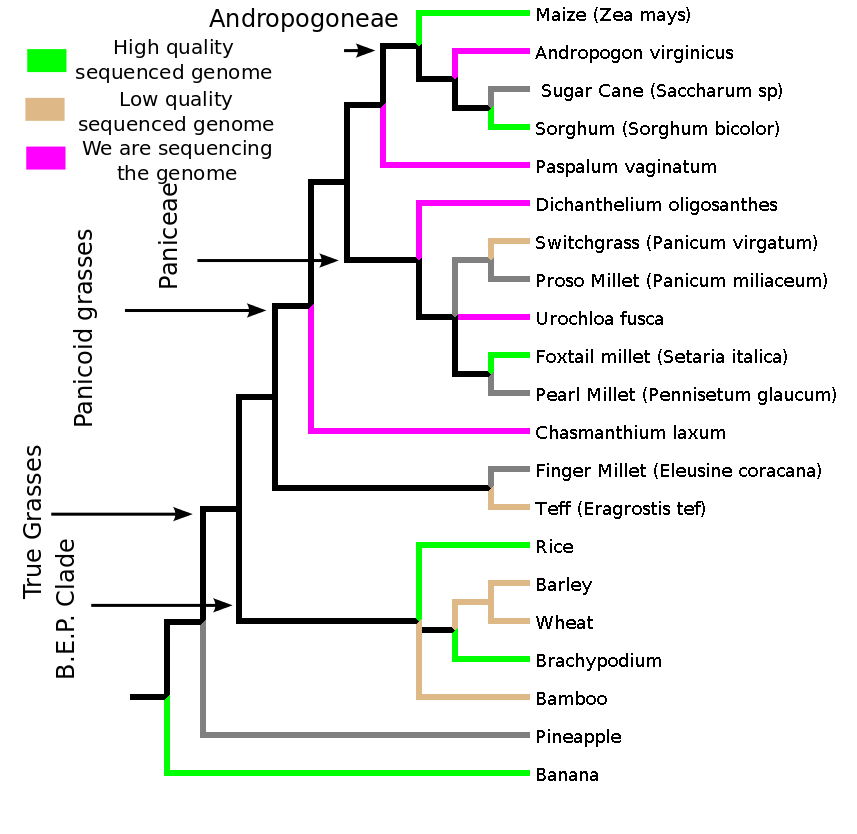Now for something not directly related to plant biology:
After 300 years of breathtaking innovation, people aren’t massively unemployed or indentured by machines. But to suggest how this could change, some economists have pointed to the defunct career of the second-most-important [Editors note: Animal] species in U.S. economic history: the horse.
For many centuries, people created technologies that made the horse more productive and more valuable—like plows for agriculture and swords for battle. One might have assumed that the continuing advance of complementary technologies would make the animal ever more essential to farming and fighting, historically perhaps the two most consequential human activities. Instead came inventions that made the horse obsolete—the tractor, the car, and the tank. After tractors rolled onto American farms in the early 20th century, the population of horses and mules began to decline steeply, falling nearly 50 percent by the 1930s and 90 percent by the 1950s.
Source: http://www.theatlantic.com/magazine/archive/2015/07/world-without-work/395294/
The whole article is quite long, but made for an interesting read. For further thoughts in this area, check out the Plant Money “Will Your Job Be Done By a Machine” calculator. Plant biologists apparently aren’t common enough to be listed, but the odds for the biology-related fields* are low enough I’m not ready to run for the hills just yet … despite the fact that robots like this one are now being field tested in labs back in California.
*Animal Scientists are at 6.1%, Microbiologists are at 1.2 % and Medical Scientists are at 0.5%, so






